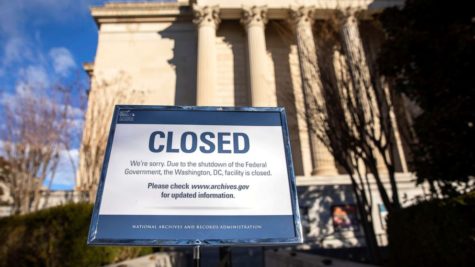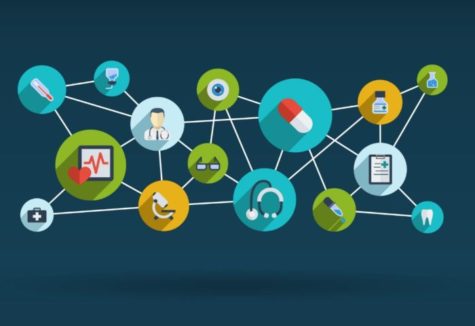Climate Change and its Effects on the Environment
Climate change is a shift in global or regional climate patterns, most apparent from the middle to late 20th Century onward. It is attributed largely to the increased levels of atmospheric carbon dioxide produced by the use of fossil fuels.
What causes climate change? According to NASA, current climate change is due to global warming generated by humans’ expansion of the greenhouse effect or the warming that results from the atmosphere trapping heat radiation from Earth towards space.
Karen Forbes, meteorology teacher explains the environmental impact of this issues
“Climate change affects growing seasons, the overall condition of the atmosphere, loss of land because the sea level is rising, death of organisms in the ocean, more extreme temperature swings, migration patterns change, possibility of ocean currents changing paths and it’s going to be human health.”
As the climate continues to change, migration patterns will change too. Currents in the oceans that animals use to get from place to place will change routes so animals will live in different parts of the oceans, affecting the coastal environment. In the poles, the ice is melting so animals like polar bears, which can only be found in the northern regions of the world, are losing their homes. This process will inevitably cause them to become an endangered species. Insects, specifically bees, will start to die off as well, affecting blooming seasons.
How does climate change affect plants? Climate change will lengthen the frost-free season causing the growing season to be lengthened, resulting in uncontrollable plant growth and potential harm to the environment.
How does it affect us humans? According to the United Nations Environment Program, temperatures reached 41.5 oC during a heatwave in 2003, resulting in 34,177 deaths . Subsequently, a drought followed causing huge financial impacts on several European countries. The effects of climate change are not reversible, which means people must focus their efforts on preventing further damage to the environment. If they do not, the entire planet will be uninhabitable.
NASA claims people from the different regions of the U.S. will have to endure many significant weather changes. In the northeastern part of the United States, people will experience heat waves, heavy downpours, and a rise in sea level. Infrastructure, agriculture, fisheries and ecosystems will be increasingly compromised. In the northwest, changes in the timing of stream flow will reduce water supplies for competing demands. Sea-level rise, erosion, inundation, risks to infrastructure and increasing ocean acidity would pose major threats. Increasing wildfire, insect outbreaks and tree diseases will cause widespread tree die-off.
In the southeast, sea level rise poses widespread and continuing threats to the region’s economy and environment. Extreme heat will affect health, energy, agriculture and more. Decreased water availability will have economic and environmental impacts. In the midwest, extreme heat, heavy downpours and flooding will affect infrastructure, health, agriculture, forestry, transportation, air and water quality, and more. Climate change will also exacerbate a range of risks to the Great Lakes.
Finally, in the southwest region of the U.S., increased heat, drought and insect outbreaks, all linked to climate change, have increased wildfires. Declining water supplies, reduced agricultural yields, health impacts in cities due to heat, and flooding and erosion in coastal areas are additional concerns.
What can we do to reduce climate change? For starters, we need to stop using coal power plants to produce the power and energy we use. Electric cars, supposedly “eco-friendly,” actually consume coal powered energy. Instead, society needs to start using wind, solar, and water power because they are renewable resources that don’t produce harmful toxins to the atmosphere.
If no major changes happen between now and 2030, the human race could be doomed.

Isaiah McMullen is a senior and a first year member for Mehlville Media. He’s a staff reporter and competes in Cross Country and Track for Mehlville...

















